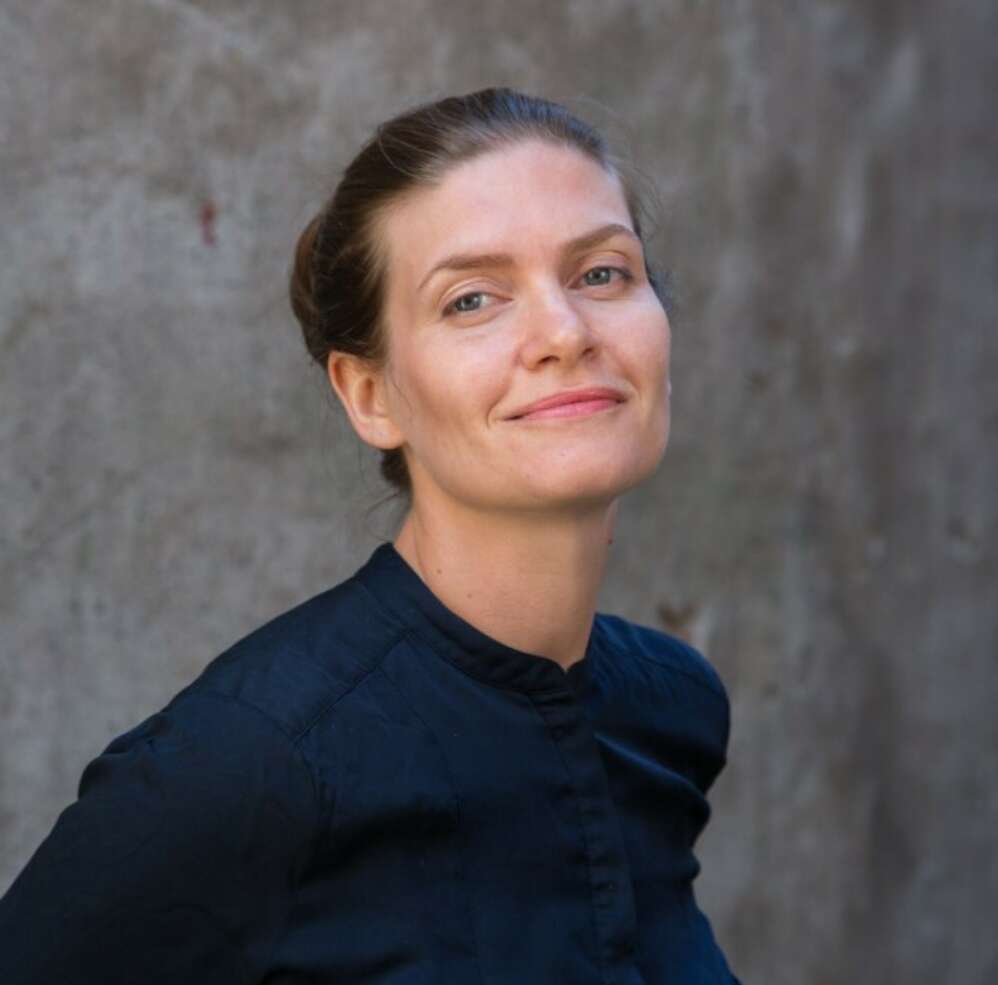
Tonje Skar Reiersen on Nordic Animation’s key players and trends
Tonje Skar Reiersen on Nordic Animation’s key players and trends
The Norwegian producer of the anticipated film Titina and Nordic Animation’s project manager summaries trends in the Nordic animation industry.
What is the state of Nordic animation in the new streaming era?
Tonje Skar Reiersen: So far the streaming revolution has had a larger impact on live action than on animation in the Nordics. Firstly, Nordic animation is aimed mostly at kids and families, but the global streamers haven’t shown much interest so far in buying local content from our region, targeting the younger age group. They are more interested in acquiring content for instance from the US, France and the UK.
Story-wise, what we do is a bit different from the rest of the world-with strong themes and unconventional characters-often antiheroes put to a test. We feel this offers something else to viewers, but the interest from major streamers hasn’t been that strong. Netflix does have The House, a UK-produced series with Swedish animator Niki Lindroth von Bahr who directed a chapter, but she was hired for her talent. She is the exception rather than the rule.
Animation producers are therefore still struggling to find a way into the streaming circle. What we’re doing at Cartoon Movie this year is attracting attention on Nordic animation as a lot of exciting stuff is happening.
What are the trends in production across the Nordics?
TSR: The industry is quite different in each Nordic country, and production is linked to support from film institutes and broadcasters. Today, DR is pushing animation, while SVT and NRK are not commissioning very much these days. They buy loads of animated series from foreign producers, but don’t commission much locally. It has made it almost impossible for Swedish and Norwegian producers to come up with series. It’s simply too costly. This is why in Norway we focus more on feature films and shorts.
A recent report published by the European Audiovisual Observatory on animation films and TV series in Europe, actually showed that between 2015-19, Norway produced an average of 2 films a year against 1.6 for Sweden and 1.4 for Denmark.
But then again, Denmark and Finland were bigger providers of animated TV content.
In Norway, we have a great diversity, with Qvisten Animation Studios, the largest player in the Nordics, offering the biggest output of animated features. They started as a service studio and have successfully moved into production. Now, after many successful films based on popular IPs, from the CGI Captain Sabertooth, Two Buddies and a Badger to the puppet slow motion Louis & Luca film series, they are launching their first film Just Super based on an original idea.
Then we have almost all big producers of live action making animated films, such as Maipo, Tordenfilm, Oslo Pictures, 4 ½, and now Miso Film Norway.
Our own company Mikrofilm is producing mostly shorts and now the major international film Titina. Our DNA is animation content that works both nationally and internationally.
Finland is bigger in TV series, and draws a lot from the gaming industry, with Rovio Entertainment for instance producing the successful Angry Birds franchise, Gigglebug Entertainment collaborating with Disney and Gutsy exploiting the Moomin brand. The studios Anima Vitae is also a growing, working across film and TV series. It is now working on a third big budget Niko feature [Niko-Beyond the Northern Lights].
In Sweden the industry is surprisingly quite small. Most films are produced by Nordisk Film or SF Studios who go through Slugger Films. Most productions are based on well-known IPs such as Bamse, Mamma Moo, Pelle-No Tail that don’t necessarily travel outside the Nordic region.
You also have Snowcloud and Lee Film, focusing on 2D animation for the younger audience. Linda Hambäck delivers award-winning films and she often works with Dockhus Animation based at Trollhättan.
What we do see is that budgets are going up and international ambitions. We see a turn-from lower budget films for the Norwegian market, to bigger budget films for an international audience. This is very exciting.
Iceland has the major company Gunhil, producing a new Ploey movie, and CAOZ, behind the Oscar-nominated short film Yes People. Iceland has a wide breath of talent, just like in live action and the success rate for such a small nation is impressive.
Are budgets escalating in feature animation?
TSR: A lot of budgets remain at €2.5 - €3.5 million but you do have a few exceptions with budgets up to €7-9 million. Our film Titina for instance has reached €8 million and Maipo Film’s project Valemon-The Polar Bear King pitched at Cartoon Movie has a similar budget.
Is there a shortage of talent in animation, just like in live action?
TSR: Absolutely. It has always been a problem across the Nordics. We don’t educate enough younger generations of animators. In Denmark you do have the Animation Workshop in Viborg which has good access to production companies based locally, and the National Film School of Denmark.
In Norway, the school Volda offers a degree in animation, digital arts and visual effects, but the Norwegian Film School in Lillehammer doesn’t have an animation department. For our film Titina, we had to important talents, notably from Bournemouth University in the UK. We do have to educate young Nordic animation talents and let them grow-from junior to senior and head of departments.